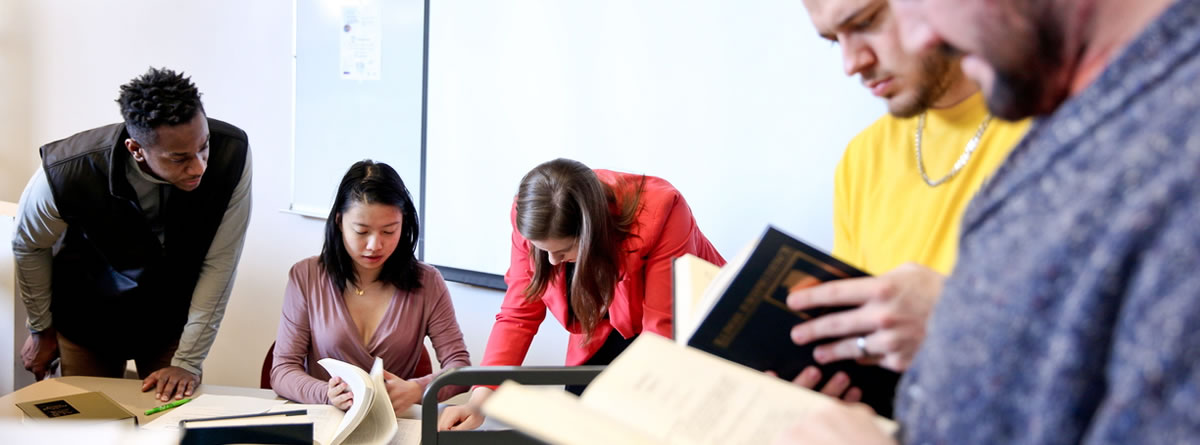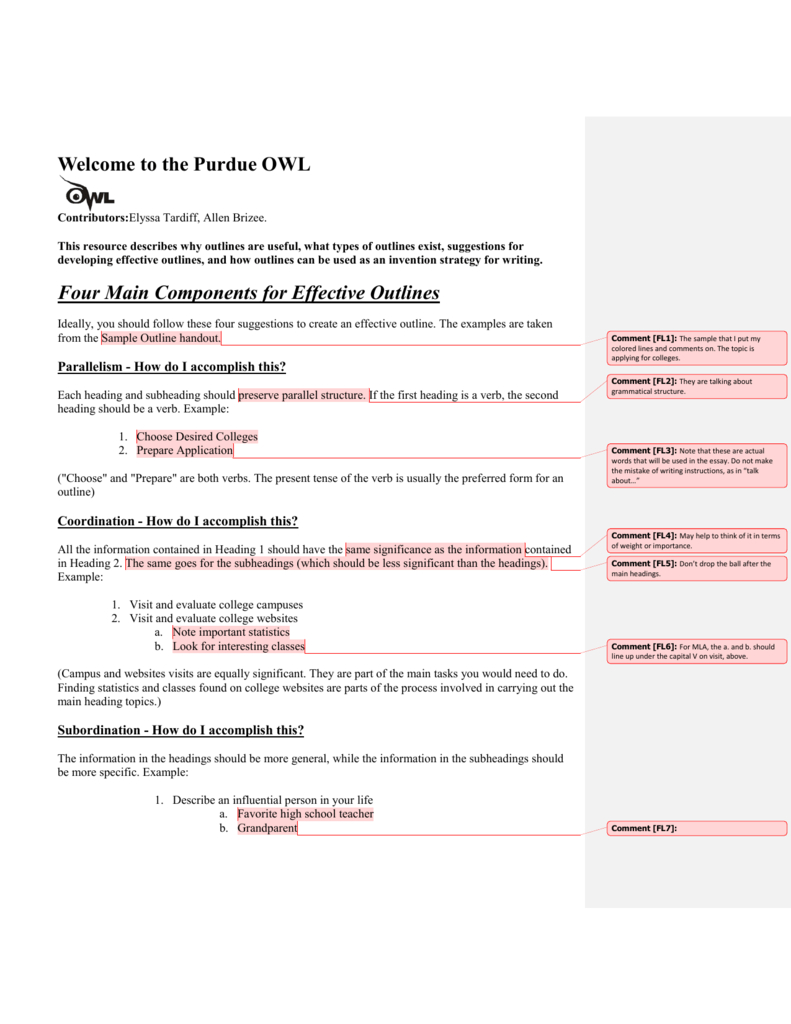What is the owl at Purdue University?
We would like to show you a description here but the site won’t allow us.
How do I cite the Purdue U writing lab?
The Online Writing Lab (OWL) at Purdue University houses writing resources and instructional material, and we provide these as a free service of the Writing Lab at Purdue. Students, members of the community, and users worldwide will find information to assist with many writing projects. Teachers and trainers may use this material for in-class ...
What is the new owl citation format?
Purdue University students, faculty, and staff at our West Lafayette, IN campus may access this area for information on the award-winning Purdue Writing Lab. This area includes Writing Lab hours, services, and contact information. Welcome to the Purdue OWL. We offer free resources including Writing and Teaching Writing, Research, Grammar and ...
What is the main campus of Purdue University?
General Format. Note: This page reflects the latest version of the APA Publication Manual (i.e., APA 7), which released in October 2019. The equivalent resource for the older APA 6 style can be found here. Please use the example at the bottom of this page to cite the Purdue OWL in APA.

What is the difference between a student paper and a professional paper?
In other words, a professional paper's title page will include the title of the paper flush left in all capitals and the page number flush right, while a student paper will only contain the page number flush right.
Where should the author's name be in a professional paper?
A professional paper should include the author note beneath the institutional affiliation, in the bottom half of the title page.
How do I cite an online lecture in APA?
When citing an online lecture, use the following basic format: Author Last Name, First Initial (s). (Year). Title of lecture: Subtitles if applicable [file format].
How do you cite a guest lecture in APA?
How do you cite a guest lecture? The citation for a guest lecture follows the same format as any lecture series. Therefore, in APA, MLA, and Chicago, you need to include the guest’s name, the title of the lecture, date of the lecture, location of the lecture.
How do you cite a discussion board?
When citing a discussion post in your reference list, include the author of the post, the date, the name of the discussion thread, and the course URL. Your in-text citation would follow the normal citation order: (Smattering, 2014).
How do you cite a personal communication in APA?
You do not include personal communication in your reference list; instead, parenthetically cite the communicator’s name, the phrase “personal communication,” and the date of the communication in your main text only. (E. Robbins, personal communication, ).
Can you cite a lecture?
To cite a lecture or speech, you need an in-text citation and a corresponding reference listing the speaker, the title of the lecture, the date it took place, and details of the context (e.g. the name of the course or event and the institution).
Do you have to reference lecture notes?
You should only cite the lecture notes if (1) they are the original source, or (2) the original source is inaccessible, either literally (out of print or unpublished) or figuratively (written in a foreign language, with excessive generality or formality, or just badly).
How do you reference lecture Notes in APA 6th edition?
Name of author (s) or the institution responsible, use & for multiple authors. (Year of publication). Title and subtitle of publication – italicised, Name of institution, Location of institution. List name of city, state and country.
What edition of the handbook requires the city in which a publisher is located?
The seventh edition handbook required the city in which a publisher is located, but the eighth edition states that this is only necessary in particular instances, such as in a work published before 1900. Since pre-1900 works were usually associated with the city in which they were published, your documentation may substitute the city name for the publisher’s name.
When citing an online source, does the MLA Handbook recommend a date of access?
When you cite an online source, the MLA Handbook recommends including a date of access on which you accessed the material, since an online work may change or move at any time.
What is the title of the 8th edition?
Title of container. Unlike earlier versions, the eighth edition refers to "containers," which are the larger wholes in which the source is located. For example, if you want to cite a poem that is listed in a collection of poems, the individual poem is the source, while the larger collection is the container.
What is a publisher in a citation?
Publisher. The publisher produces or distributes the source to the public. If there is more than one publisher, and they are all are relevant to your research, list them in your citation, separated by a forward slash (/). Klee, Paul.
What is a DOI?
A DOI, or digital object identifier, is a series of digits and letters that leads to the location of an online source. Articles in journals are often assigned DOIs to ensure that the source is locatable, even if the URL changes. If your source is listed with a DOI, use that instead of a URL.

Popular Posts:
- 1. how do i unconnect a pearson account from my blackboard account
- 2. umass lowell blackboard on campus
- 3. how to open a .dat file in blackboard
- 4. how to logout of single sign on in blackboard
- 5. blackboard [pii_email_e337f90e07884542f208]
- 6. how to copy blackboard assignments
- 7. blackboard tiibb_direct_25 war file
- 8. blackboard blackboard ftc c
- 9. quartet melamine dry erase blackboard
- 10. collaborate blackboard check and x polling